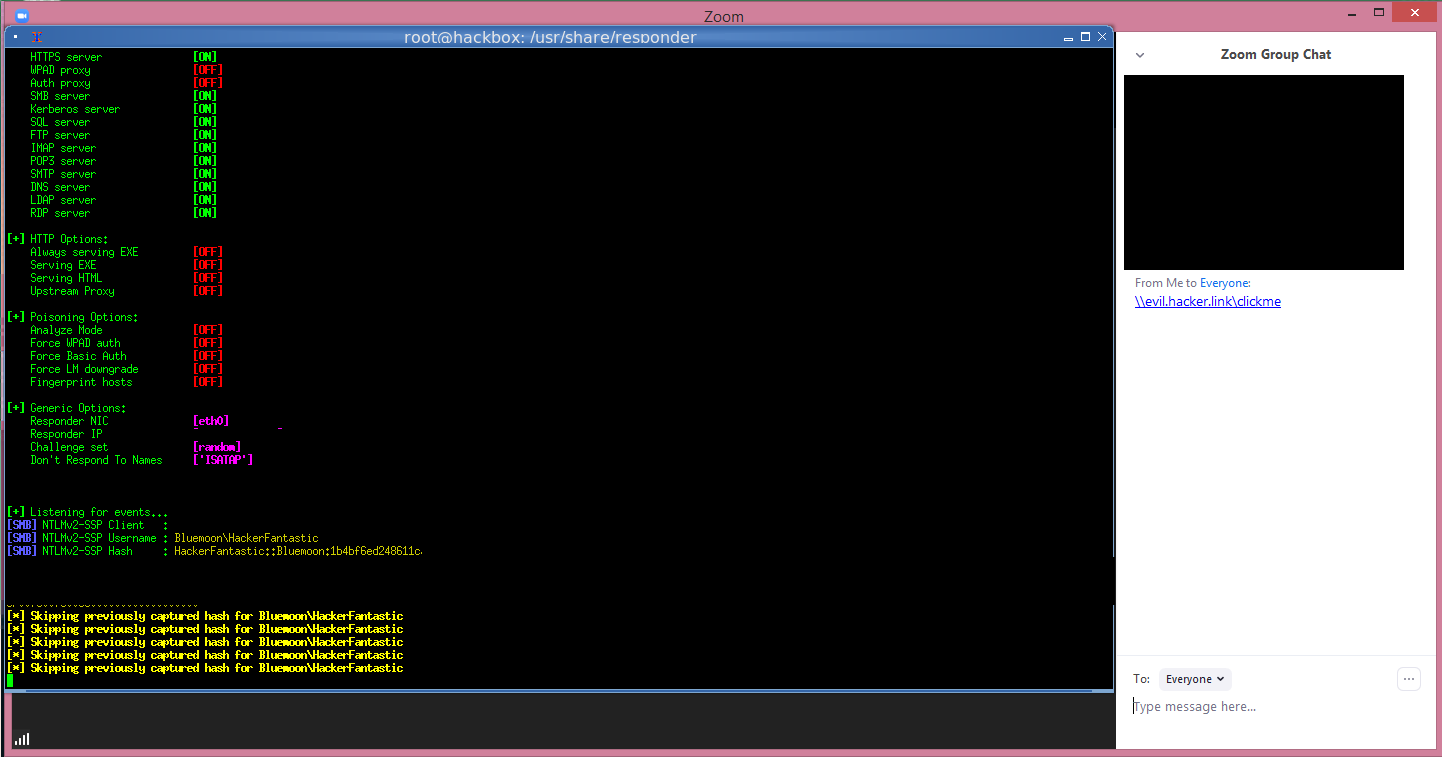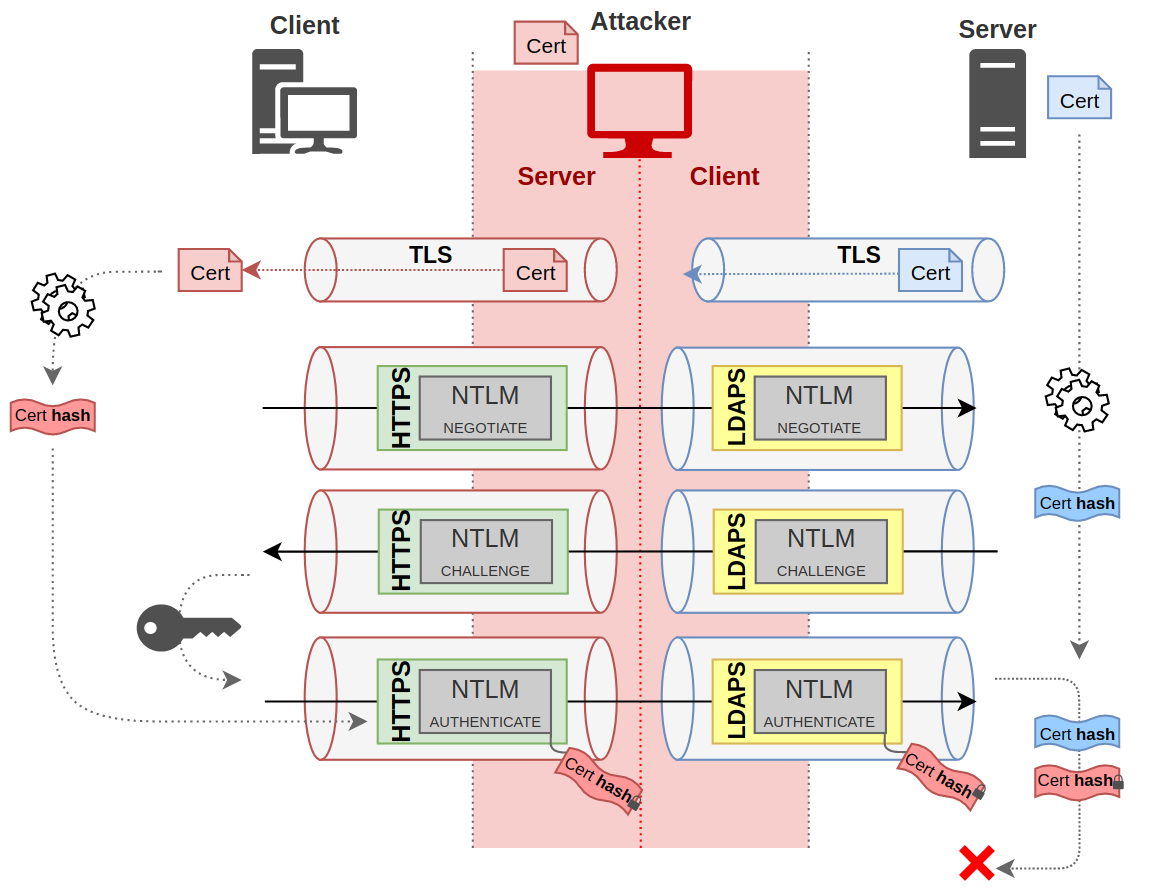
- #NTLM HASH CALCULATOR UPDATE#
- #NTLM HASH CALCULATOR PASSWORD#
If this is some other length –> User has no NTLM password/hash

Hash length at V: if this is 0x14 –> RC4 Hash, if this is 0x38 –> AES Hash,.Retrieving the Double Encrypted Hash (DES(RC4(NTLMHASH))).There are three different encryptions taking place: DES of the Hash (split in two), RC4 of the DES Encrypted Hash and RC4 for the SysKey.
#NTLM HASH CALCULATOR PASSWORD#
The stored password is ‘123456’ Hashing example when using RC4 Encryption –> For the entire article, the demo user is the built in Administrator with RID 500, also visible as ‘0x000001f4’ or (in code) known as ‘f4010000’. ShiftArra圓 = Step By Step Example: old NTLM Hash Retrieval (RC4 Cipher) These things, combined with some static values as below are the only “input” things that are qwertyUIOPAzxcvbnmQQQQQQQQQQQQ =
To get these values, the keys need to be exported as Text (txt). These are not values of some sort and are actually not visible in the regedit GUI. The Class Names of 4 Registry Keys: HKLM\System\CurrentControlSet\Control\Lsa\. Requires “System” privileges to be extracted and/or seen (admin privs are not enough). Where “F” means Fixed in size and only requires knowledge of the fixed offsets. The Registry HEX Value found at HKLM\SAM\SAM\Domains\Account in the “F” value. Requires “System” privileges to be extracted and/or seen (Admin is not enough). Where “V” means Variable in size and thus uses an “Offset” + “Length” system. The Registry HEX Value found at HKLM\SAM\SAM\Domains\Account\Users\000001F4 in the “V” value. For the builtin Administrator this is always ‘500’ (0x1f4), whereas normal users start at ‘1001’ (0x3e9) and increment from there. Only four things are needed from the “Target PC” to retrieve any given (local) user hash: A lot of literature differ in the terminology they use and actually use different terms to specify the same things… Old Style Hash Retrieval Note: Many of the terminology I use in this article is by my own choice and could potentially be wrong. Since the finalization of my research, I also learned of the existence of CredDump7. CredDump7 also supports AES but not for all systems (see Corner Cases) and focuses on a different use case: it only supports extraction from SAM & SYSTEM dump files. The latter include Mimikatz and Powerdump of which only the first one supports AES encrypted hashes. This article will only focus on NTLM hashes, not LM.Įverything below is based on personal research and reading papers, books and a lot of different scripts or programs. Here Microsoft decided to kick out RC4 encryption in favor of AES encryption (AES-128-CBC with an IV). #NTLM HASH CALCULATOR UPDATE#
It will also discuss the changes that are made in the Windows 10 Anniversary Update (3 or v1607).

This article will try to explain exactly and in great detail how these hashes can be fully retrieved. However, even the hashes are not stored “ as is“, they are actually found Double Encrypted within the SAM Registry Hive, with parts of the encryption keys in the SYSTEM Registry Hive.


They are, of course, not stored in clear text but rather in “ hashed” form and for all recent Windows versions, using the NTLM proprietary (but known) hashing algorithm. Physically they can be found on places like C:\Windows\System32\config\ in files like ‘SAM’ and ‘SYSTEM’. Password are stored on hard drives in something called “Registry Files”.
3.1 Step By Step Example: new NTLM Hash Retrieval (AES Cipher). 2.1 Step By Step Example: old NTLM Hash Retrieval (RC4 Cipher).








 0 kommentar(er)
0 kommentar(er)
